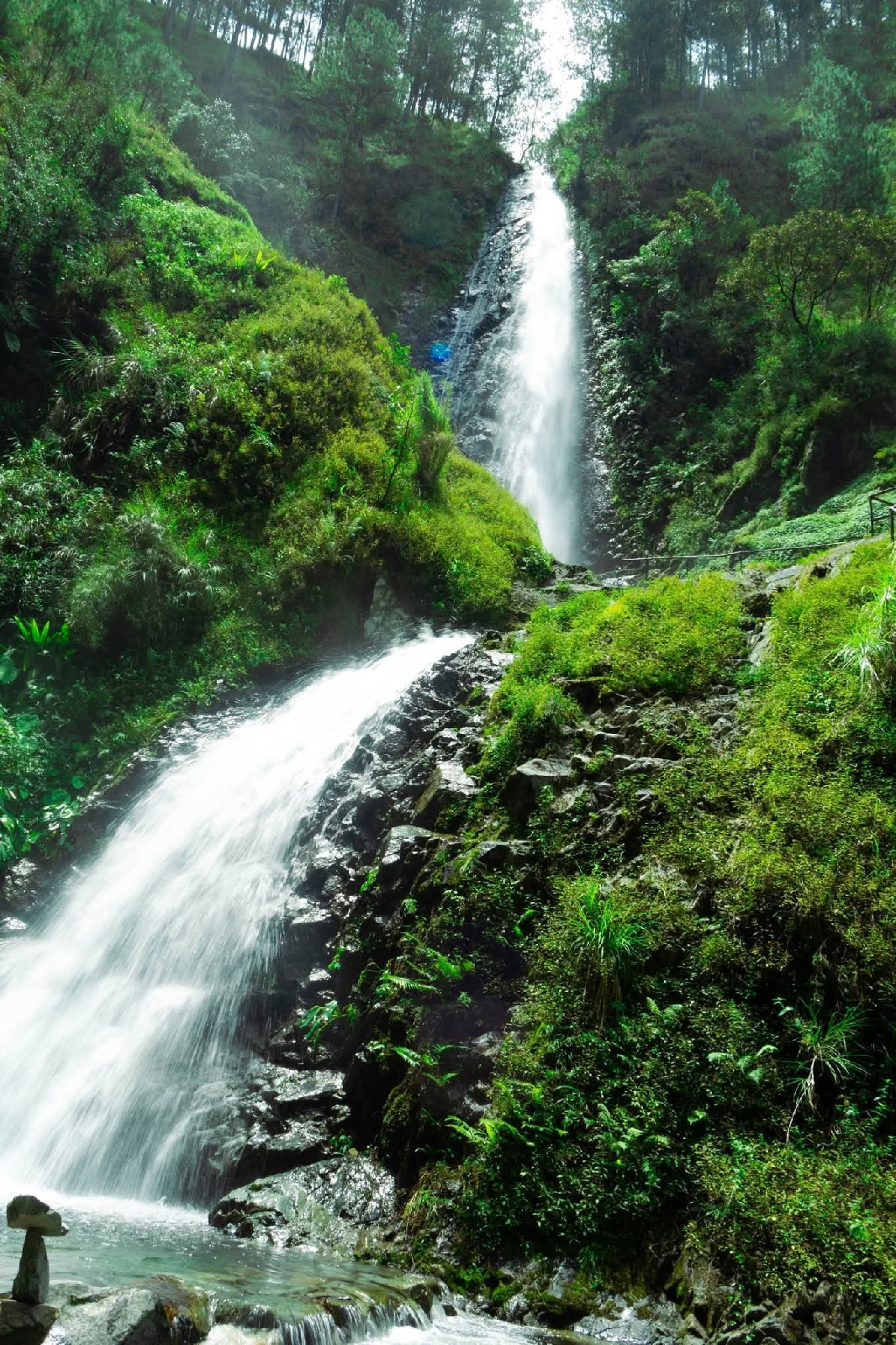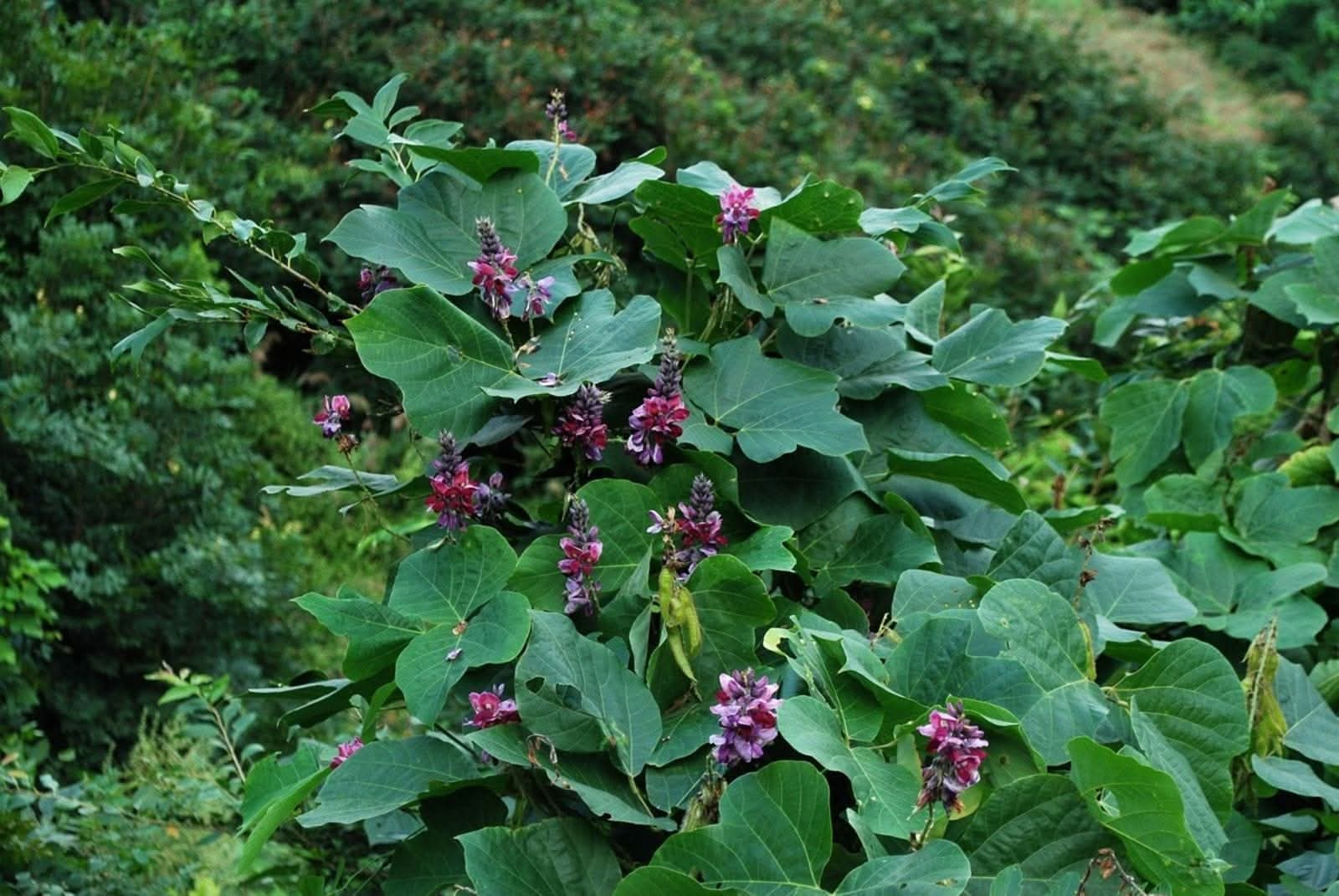This is a friendly reminder to content creators in the Cordillera region. Let's be very careful when using AI to create content especially content that concerns our history. When writing about history, accuracy is the top priority. Using AI often defeats that purpose.
Here's an example. This post by Wow Cordillera, a page with a large following used an AI image to accompany a story about how Igorots successfully pushed back against the advances of Spanish conquerors and empire loyalists in the 1600s.
The image used can be misleading. It doesn't show the likeness of Igorots, or Spanish soldiers. Instead, it shows a group of warriors from an indiscernible tribe against what looks like soldiers from the American Civil War.
If you read into the conflict between Igorots and the Spanish empire, there were no open battles as depicted in the image. Igorots used what are now known as guerilla tactics.
AI can be a helpful tool but it can also be a vehicle for misinformation. It's important to tread carefully when using it ESPECIALLY for content about HISTORY.
Written accounts on Igorot history are already minimal at best. There's so much we need to learn. So many historical gaps we need to fill. Using AI-generated images that can mislead or misinform readers isn't going to help us in our goal to fill these gaps.
We Igorots have been the victims of misleading portrayal in the media for decades. And we rightfully fought back against these to try and correct them. So it's disappointing to see that many of these misleading portrayals are now coming from within our ranks.










